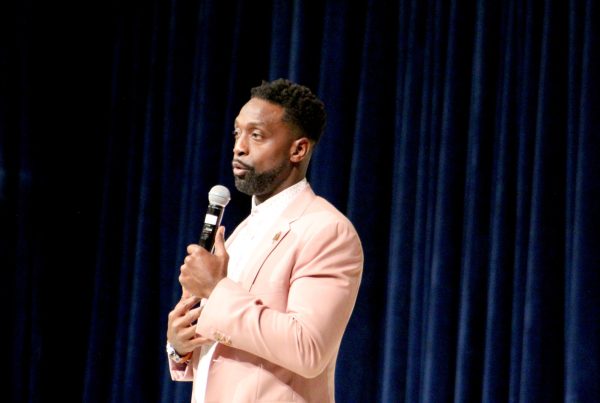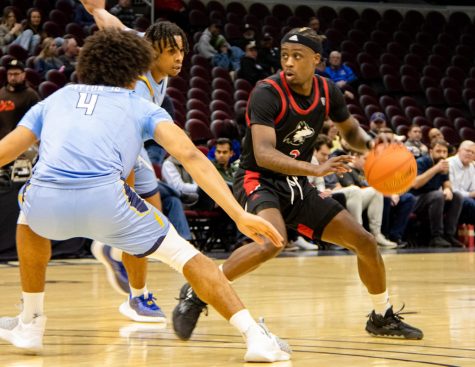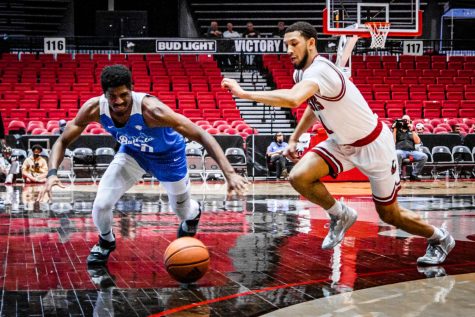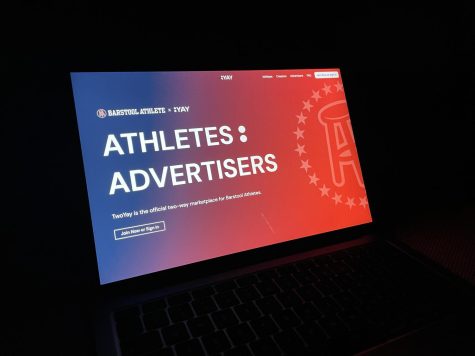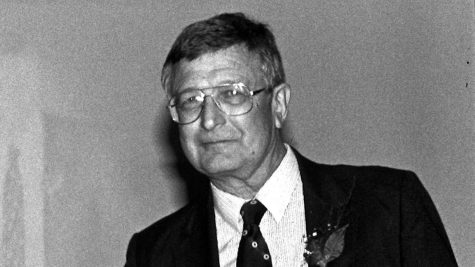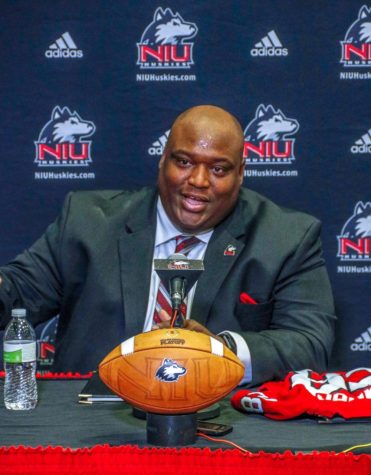Coaching the opposite sex
September 8, 2016
DeKALB | As of Feb. 2015, 40 percent of NCAA women athletics were being coached by women, compared to 1972, the year Title IX was introduced, when more than 90 percent of women athletics were being coached by women.
Title IX states no person in the U.S. shall, on the basis of sex, be excluded from participation in, be denied the benefits of, or be subjected to discrimination under any education program or activity receiving Federal financial assistance, according to the U.S. Department of Education’s website including NIU who has women at a head or assistant coaching position in a variety of sports, including men’s.
Christie Chappell, former NIU women’s soccer assistant coach from 2012-13 and current women’s soccer head coach at Minnesota State University-Moorhead, said whenever she coaches women, there is an automatic respect given from the players. When she worked with her youth boys’ team, she had to prove she could play soccer before they would buy into what she said.
“I definitely had to play in and show that I was skillful and that I knew the game and what I was talking about,” Chappell said. “So, it’s like I had to prove that I was a soccer player and that I knew how to play before they would really buy into what I was asking them to do.”
Chappell said she had a great experience coaching the youth boys’ team and it made her a better coach. It also gave the boys a female role model. Chappell, who did her thesis research on women in coaching, has many male-role models and appreciates a man’s role in a women’s sporting arena, but thinks there is a lot of value in having female coaches for both men and women.
“I think what was super interesting for me was when I interviewed a softball and baseball coach, because there is no men’s softball,” Chappell said. “So, how is it that we have softball coaches that are men on the women’s side that have never, in theory, played women’s softball? It’s because they played baseball, which [its] similar, but [its] definitely not the same sport.”
Connie Teaberry, director of women’s track and field and cross country, coached high school boys at Lutheran North High School in St. Louis as well as at the University of Kentucky from 1992-95 and Arizona State University from 1998-99 and spoke highly of her former athletes. She has seen, though, times when the relatability between male athletes and females coaches might not have been as strong as with a male coach.
“I never really had a problem,” Teaberry said. “I have seen when female coaches take over, not even just take over a program but take over a group and it’s male and female. Sometimes the relatability from the male athletes to a female coach may not have been as strong as if it was a male coach.”
Angela Staveskie, NIU women’s soccer assistant coach, coached a U9 boys’ team. Staveskie has three years experience with U9 to U18 girls. Staveskie said she was hesitant about coaching the boys’ team, but realized boys and girls have similar emotions, they just show them in different ways and coaching boys’ turned out to be a great experience for her.
“The boys they just want to run around and hit each other,” Staveskie said. “Girls, if they get hit by a ball, depending on their mood or which girl it was, they may show a little bit of an attitude. Whereas a boy, he may be mad about it and he’ll just go in for the hit.”
Practices were also a little different with the younger boy teams playing rugby before games whereas the girls would run around and play tag before practice started, Staveskie said.
“You saw more of a physical side of the boys before practice, during breaks and of course after practice,” Staveskie said. “For me as a coach, it was getting the girls more comfortable with the physical side because soccer is a physical game. And as the girls get older, the more physical it becomes.”
Staveskie said she believes there will be more females coaching males at the youth and collegiate levels. Young boys are now growing up with mothers who played sports and sisters who have had the same opportunities in sports as their fathers.
“The way that they view females and adult figures and coaches, is a little bit different than the years when I was raised [late 90s to early 2000s],” Staveskie said. “It would have been an adjustment [for me], just because I wasn’t ever used to [having a female coach] growing up. Now it’s becoming very common and accepting in this generation as we progress forward. It’s been pretty cool to witness.”



